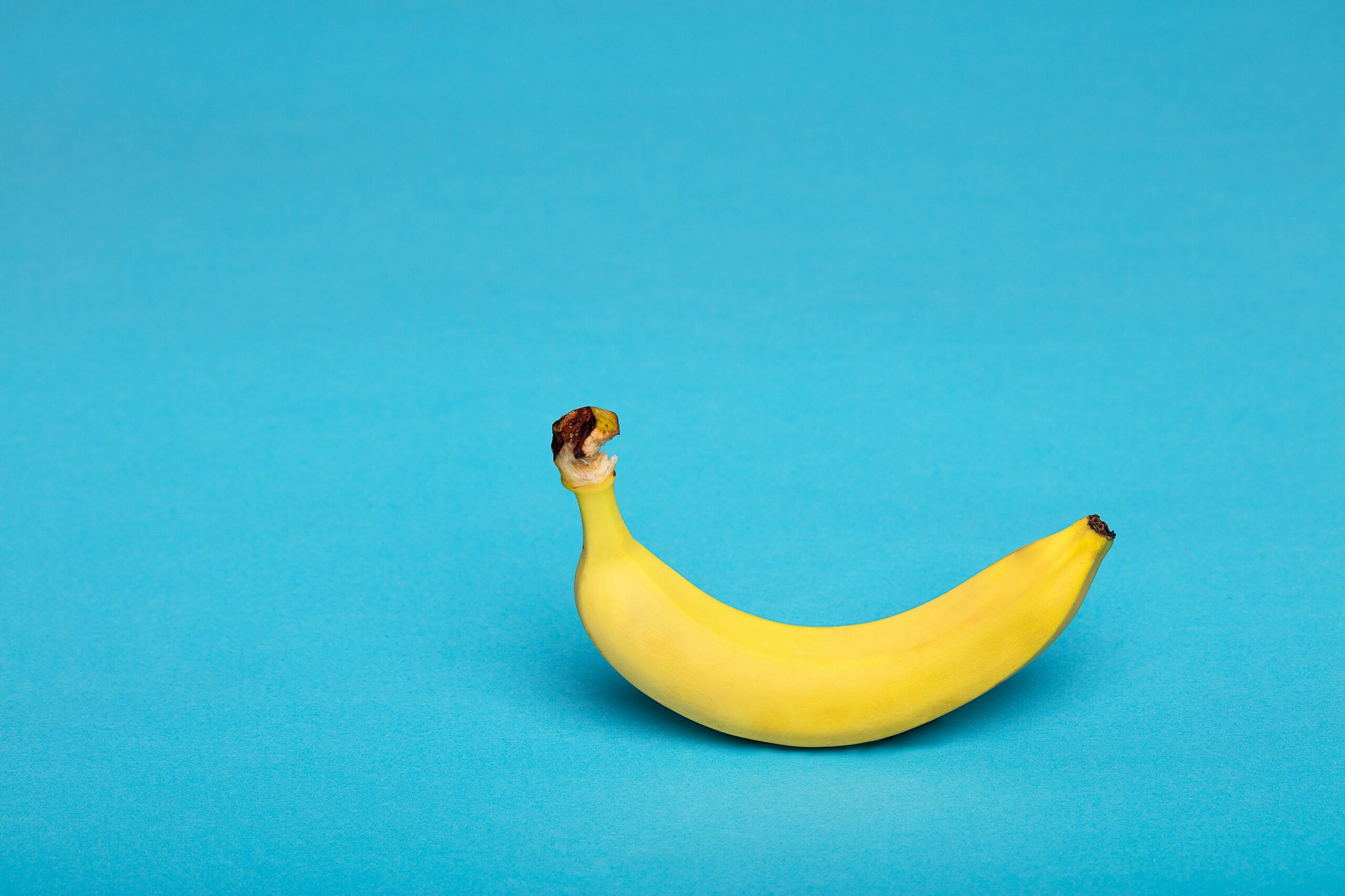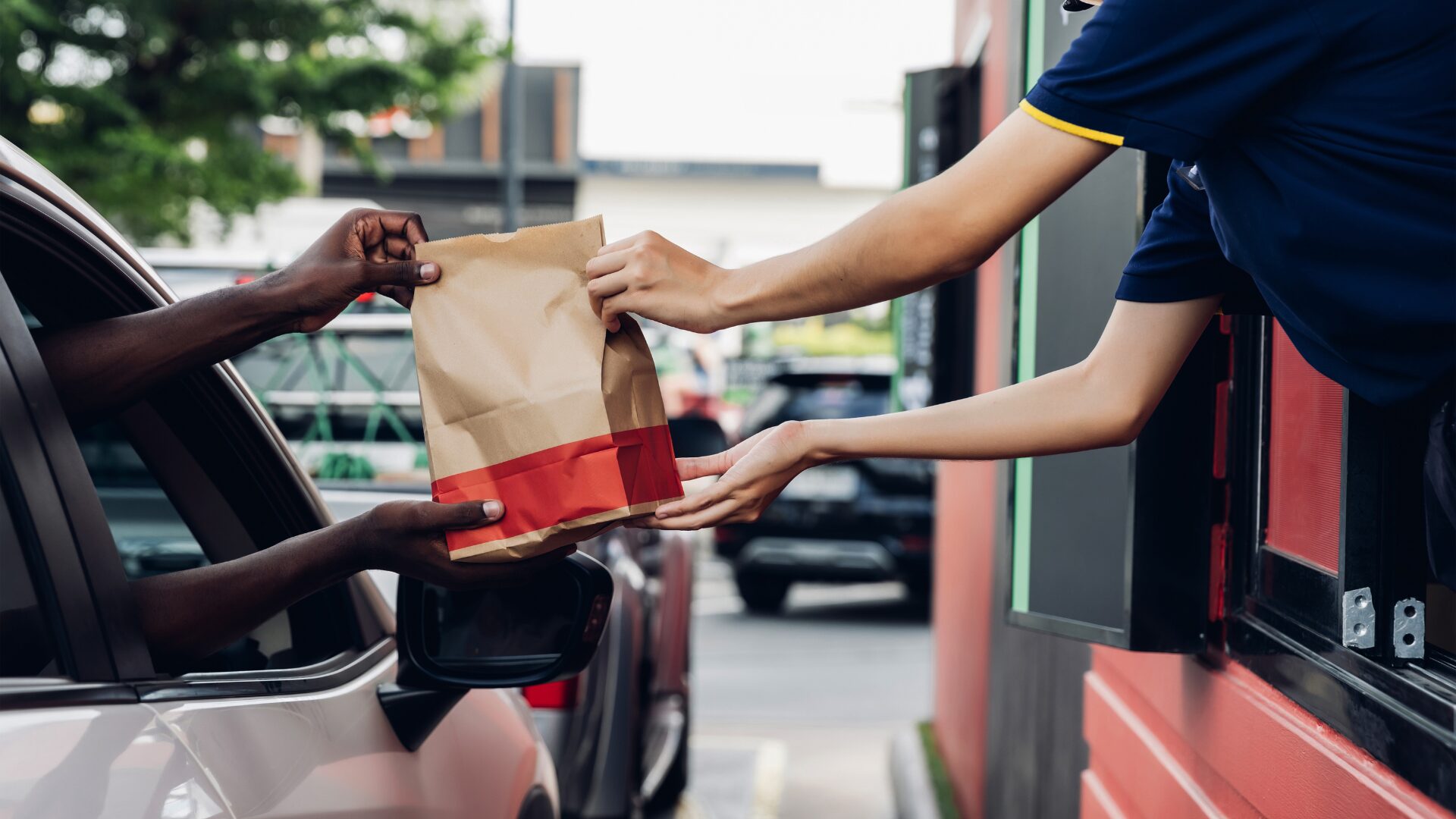In the bustling aisles of America’s grocery stores, one unassuming fruit remains atop the bunch year after year. National Banana Day was April 17, and a survey commissioned by Dole Food Co. revealed the familiar peelable is as appealing as ever.
“Thirty-five percent of respondents ranked bananas as a must-have grocery staple, which was more than any other produce and sixth on the list of all supermarket items, behind bread, eggs, meat, milk and coffee.”
A regular feature in shopping carts from coast to coast, the humble banana has long been a reliable source of nutrition, convenience, and affordability. Yet beneath its cheerful exterior lies a complex tale of botanical intrigue, economic uncertainty, and environmental peril.
The Price of Popularity
The price of bananas has been so stable that for over two decades, Trader Joe’s held fast to its 19-cent banana—a beacon of stability in an otherwise inflationary retail landscape. But even this bastion of consistency could not withstand the pressures of inflation, especially when coupled with difficult growing conditions. The grocer recently announced a price hike to 23 cents per banana, a change it deemed necessary in the face of rising costs.
Though a mere four-cent increase may seem trivial, it belies the profound challenges facing the banana industry. In inflation-adjusted terms, today’s 23-cent banana is actually eight cents cheaper than its 2004 counterpart, which would cost 31 cents in 2024 dollars. This stark reality underscores the unsustainable economics of banana production as growers and retailers strain to keep prices low while grappling with the mounting costs of cultivation and distribution.
As Federal Reserve Economic Data show, the price of bananas has been remarkably steady—and low—for decades.
The Cavendish Conundrum
Central to the banana’s plight is its reliance on a single cultivar: the Cavendish. This ubiquitous variety accounts for 99% of global banana exports and emerged as the industry standard in the 1960s following the devastating decline of its predecessor, the Gros Michel. Ravaged by a fungal blight known as Panama disease, the once-dominant Gros Michel was virtually wiped out, forcing growers to seek an alternative.
Enter the Cavendish, a hardy, high-yielding variety resistant to the fungal scourge. Yet this salvation proved fleeting, as a new strain of the disease – Tropical Race 4 (TR4) – now threatens to decimate Cavendish plantations worldwide. With no viable replacement on the horizon, the specter of a world without bananas looms large.
Artificial Flavor, Real Nostalgia
As the fate of the Cavendish fate hangs in the balance, consumers may find solace in the artificial banana flavoring that permeates candy, ice cream, and baked goods. This familiar taste is not as “fake,” however, as one might assume. In fact, it is a ghostly echo of the Gros Michel, whose unique flavor profile was captured by food scientists in the early 20th century.
When the Gros Michel vanished from store shelves, its essence lived on in the form of isoamyl acetate, the chemical compound responsible for the distinctive “banana” flavor we know today. As the Cavendish took center stage, this flavor became an anachronistic remnant of a banana lost to history, a bittersweet reminder of the precarious nature of agricultural monocultures.
Bananas on the Brink
In the face of these challenges, the future of the banana hangs in the balance. As the haunting refrain of the 1923 novelty song “Yes, We Have No Bananas” echoes through the decades, one cannot help but wonder if this foreboding tune may hold some cyclical prophecy.
Yet hope persists in the form of innovative breeding programs, sustainable farming practices, and a growing awareness of the banana’s plight. By diversifying cultivars, investing in research, and supporting growers, we may yet write a new verse in the banana’s enduring song.
For now, as we peel back the layers of this beloved fruit, let us savor each bite with renewed appreciation for the complex web of history, science, and labor that brings it to our table. In a world of uncertainty, the banana remains a steadfast companion, a potassium-rich reminder of life’s simple pleasures and the fragility of the systems that sustain us.











